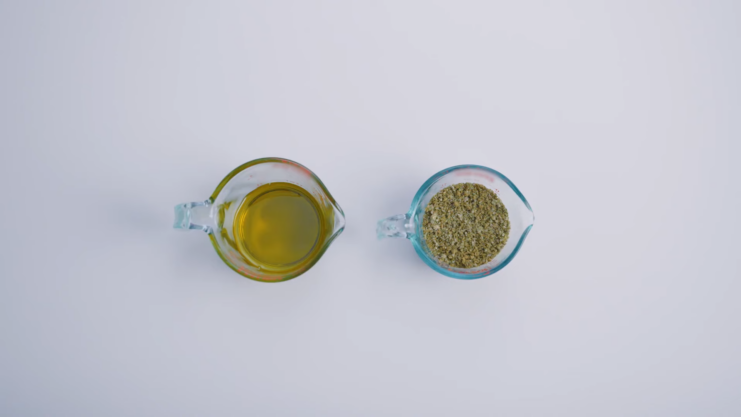Crafting your own cannabis oil can be a rewarding experience, offering control over the potency and ingredients. This process demands attention to detail and an understanding of some basic principles of extraction.
This guide aims to equip you with essential knowledge and practical steps to produce a high-quality and potent cannabis extract.
1. Select Quality Cannabis
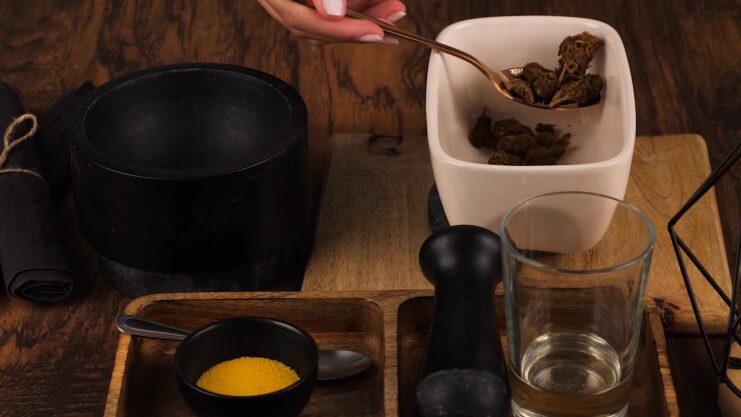
The strain directly influences the oil’s potency, flavor, and therapeutic effects. Indica, Sativa, and hybrid strains each offer unique profiles of cannabinoids and terpenes.
For medicinal purposes, strains with higher CBD levels might be preferable, while those seeking psychoactive effects might opt for strains rich in THC. Researching the genetic background, cannabinoid content, and terpene profile of available strains will guide your selection.
Always source cannabis from reputable providers to ensure purity and quality. The right choice here sets the foundation for the entire extraction process, significantly impacting the final product’s effectiveness and characteristics. In that matter, check out Solful.
2. Decarboxylation – A Crucial Step for Enhanced Potency
Decarboxylation is a chemical reaction that activates the psychoactive and therapeutic compounds in cannabis.
This process involves gently heating the cannabis, which converts non-psychoactive THCA into psychoactive THC, and similarly transforms other acid forms of cannabinoids into their active states.
Without this critical step, the resulting oil will lack potency. Decarboxylation requires precise temperature control – typically around 220°F (104°C) – and should be done for about 30 to 45 minutes, depending on the moisture content of your cannabis.
3. Choose an Appropriate Solvent
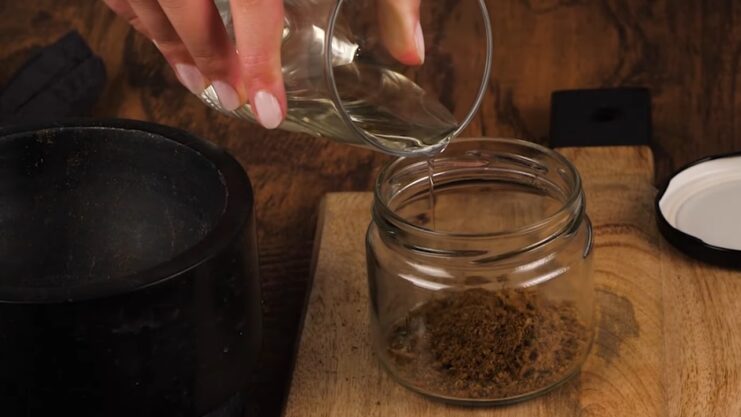
The choice of solvent is crucial for the safe and efficient extraction of cannabis oil. Common solvents include alcohol (like ethanol), butane, and CO2.
Each has its advantages and drawbacks. Ethanol is safe and effective but may extract unwanted chlorophyll, leading to a more bitter taste. Butane offers a more potent extraction but poses significant safety risks and requires thorough purging from the final product. CO2 is safe and clean but requires expensive equipment.
Consider factors like safety, equipment availability, and desired oil quality when choosing your solvent. Always handle solvents in well-ventilated areas and follow safety guidelines to prevent accidents.
4. Extraction Techniques – Tools and Methods
Various techniques exist for extracting cannabis oil, each with specific tools and methodologies. The most common methods are solvent-based extraction, like using butane or ethanol, and solventless methods, like rosin press.
Solvent-based methods involve dissolving cannabinoids into the solvent and then purging the solvent to leave behind the concentrated oil. This method requires caution and proper equipment to ensure safety and purity.
Solventless methods, such as using heat and pressure to extract rosin, are safer and simpler but may yield less potent oil. Your choice of technique should align with your expertise, safety considerations, and the quality of oil you aim to produce.
5. Control Temperature
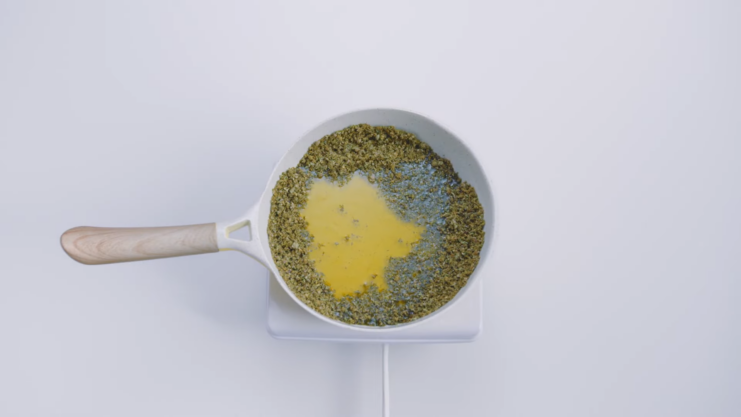
Controlling the temperature during the extraction of cannabis oil is crucial for achieving optimal results. The temperature influences the extraction efficiency and the quality of the final product. It’s important to maintain a consistent temperature that is neither too high nor too low.
Excessive heat can degrade the cannabinoids and terpenes, leading to a loss of potency and flavor. On the other hand, temperatures that are too low might not effectively extract the desired compounds.
The ideal temperature range for cannabis oil extraction varies depending on the method and solvent used. However, a general guideline is to keep the temperature between 160-190°F (71-88°C) when using solvents like alcohol.
Using a double boiler or a similar setup can provide more control over the temperature. This allows the cannabis to be heated indirectly, reducing the risk of overheating. Additionally, using a thermometer to monitor the temperature closely is advisable to ensure consistency.
6. Determine Extraction Duration
The duration of the extraction process is another vital aspect to consider when making cannabis oil. The extraction time impacts the potency and the overall quality of the oil.
A common misconception is that longer extraction times always lead to a more potent product. However, this isn’t always the case. For most methods, a period ranging from 30 minutes to several hours is typical. The exact time depends on the method used and the desired potency.
For instance, when using a solvent like alcohol, a longer extraction time might increase the potency. But, it can also lead to the extraction of unwanted plant materials, which can affect the taste and purity.
It’s essential to strike a balance between extraction time and quality. Shorter extraction times might yield a less potent oil, but it might be purer and have a better flavor profile. In contrast, longer extraction times might increase potency but at the cost of quality and taste.
7. Filter the Extract
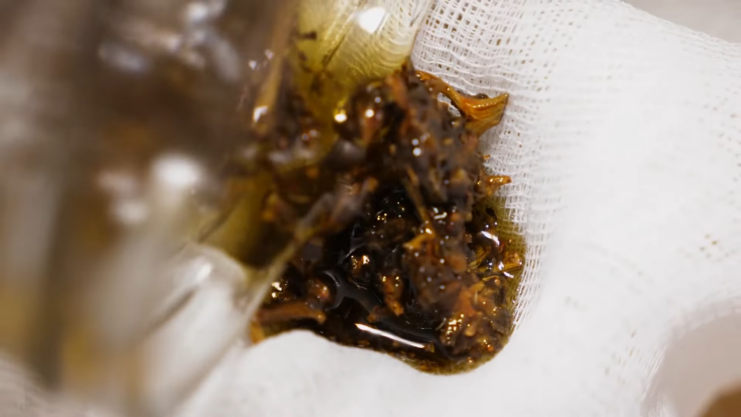
Filtering the cannabis oil post-extraction is crucial for ensuring its purity and clarity. This step removes plant material and other unwanted substances that may have been extracted along with the cannabinoids and terpenes. The goal is to achieve a clean and clear oil that is pleasant to use.
There are various methods for filtering cannabis oil. The most common is using a fine mesh strainer or cheesecloth. For a more refined filtration, coffee filters or specialized filtering papers can be used. These finer filters can remove smaller particles, resulting in a clearer oil.
It’s important to filter the oil while it’s still warm as it’s more fluid and easier to pass through the filters. Be patient during this process, as rushing can lead to less effective filtration and a lower-quality product.
8. Evaporate and Concentrate
Evaporation is a critical step in concentrating the cannabis oil to achieve the desired consistency. This involves removing the solvent used in the extraction process and leaving behind the concentrated cannabinoids and terpenes.
The consistency of the final product can range from a thick, sticky oil to a more solid, butter-like texture. The method of evaporation largely depends on the solvent used. For alcohol-based extractions, gentle heat can be applied to speed up the evaporation process.
It’s crucial to do this in a well-ventilated area and away from any open flames or sparks, as the fumes can be flammable.
A water bath or a heating pad can provide a controlled and even heat source. The temperature should be kept low to avoid damaging the cannabinoids and terpenes. Stirring the mixture occasionally can help in even evaporation.
9. Store and Preserve
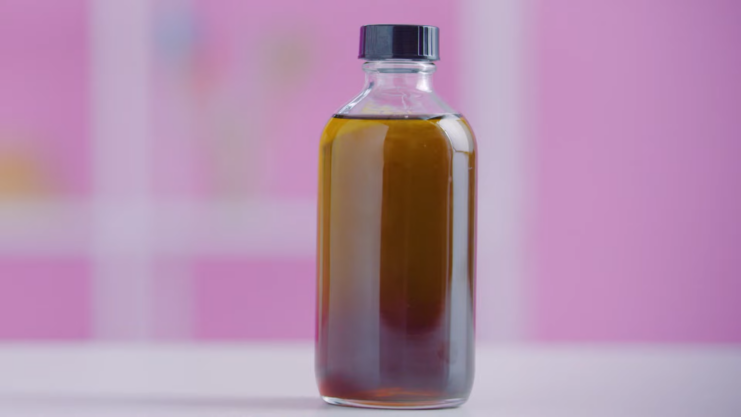
Proper storage and preservation of cannabis oil are essential to maintain its potency and freshness. Exposure to light, air, and heat can degrade the cannabinoids and terpenes, reducing the oil’s effectiveness over time.
The best way to store cannabis oil is in a dark, airtight container. Glass jars with tight-fitting lids are ideal. Keeping the oil in a cool, dark place like a cupboard or a refrigerator can further protect it from degradation.
It’s also advisable to avoid storing the oil in plastic containers, as certain plastics can interact with the oil and affect its quality. If you need to use a dropper, opt for glass droppers instead of plastic.
FAQs
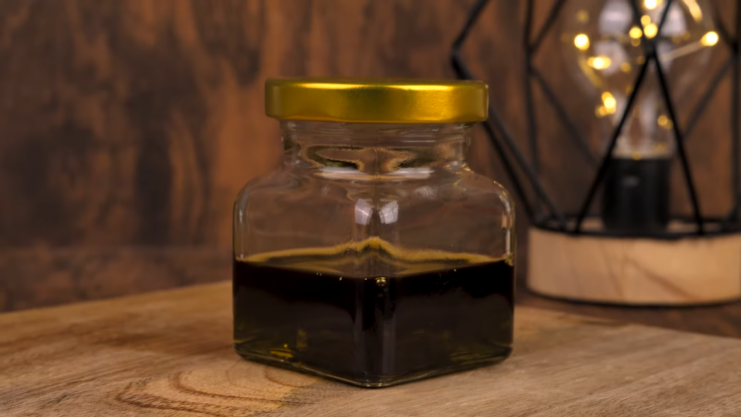
What Is the Most Popular Cannabis Extract?
THC oil, known for its high concentration of THC, is the most popular cannabis extract due to its potent effects and versatility in various applications.
What Is the Potency of Cannabis Extract?
The potency of cannabis extracts can vary widely, typically ranging from 50% to 90% THC, depending on the extraction method and the quality of the cannabis used.
How Do You Infuse Your Oil?
To infuse your oil, decarboxylate your cannabis, then slowly heat it in a carrier oil like coconut or olive oil to extract the cannabinoids.
How Long Should I Let My Oil Infuse?
Typically, infusing oil with cannabis should take about 3 to 6 hours to ensure optimal extraction of cannabinoids without degrading their quality.
Summary
Making cannabis oil at home is more than just following a recipe; it’s a creative journey that demands patience, experimentation, and a willingness to learn from each batch. Safety should always come first, especially when you deal with solvents and heat.
Exploring the incorporation of CBD into your skincare routine can be another exciting dimension to your cannabis-infused creations. Just as you refine your cannabis oil, understanding how to enrich your skincare with CBD adds a natural touch to your self-care journey, enhancing both the therapeutic and pleasurable aspects of your homemade products.
As you get more skilled, you’ll notice the subtle differences that each step of the process makes and how you can tweak them to your liking. Whether you use cannabis oil for healing or pleasure, nothing beats the feeling of creating your own.

